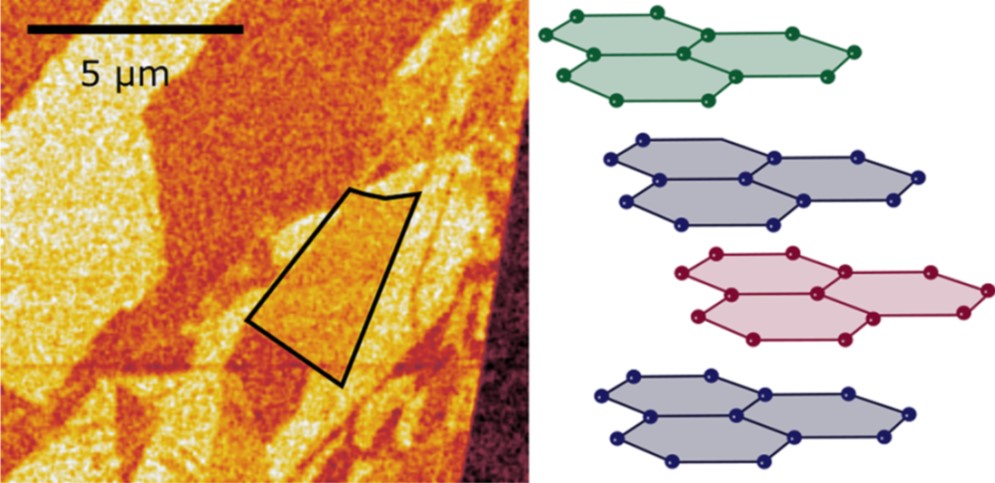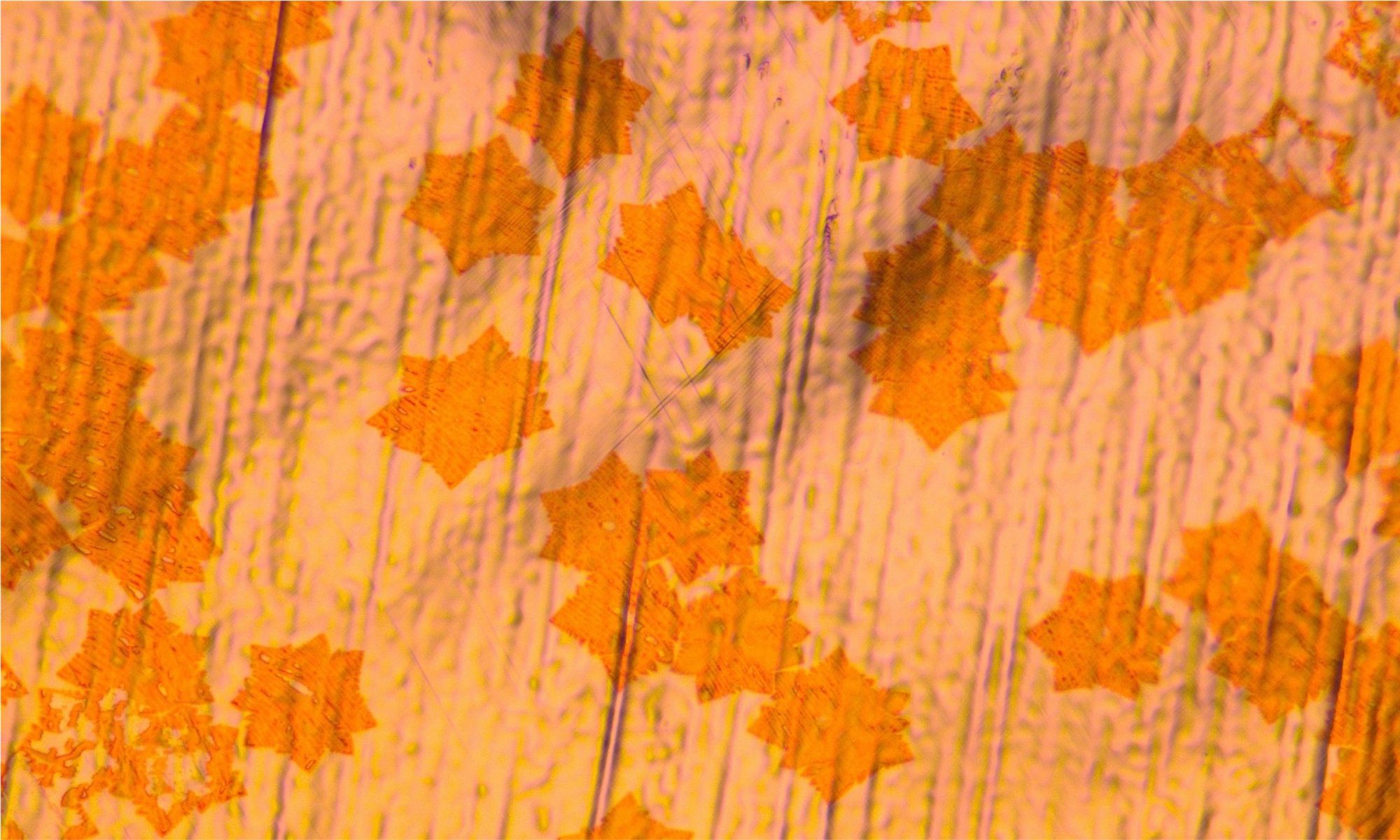Using advanced spectroscopic techniques, researchers from RWTH Aachen University have been able to observe for the first-time domains of tetralayer graphene with ABCB stacking. The results have been reported in ACS Nano.


Aachen Graphene & 2D Materials Center
From material science to new device applications
Using advanced spectroscopic techniques, researchers from RWTH Aachen University have been able to observe for the first-time domains of tetralayer graphene with ABCB stacking. The results have been reported in ACS Nano.

October 11, 2022, Prof. Steven Koester, from the University of Minnesota, has presented some of the latest results of his group on graphene-based bio-sensors during the 31th Aachen Graphene Center Seminar.
Continue reading “Enhancing Biosensor Response with Graphene “Lighting-Rods” – A talk by Prof. Steven Koester”One of the challenges encountered by research on novel electronic devices is to compare devices based on different materials in a consistent way. RWTH Professor Max Lemme and colleagues from USA, China, and Belgium have now proposed a set of clear guidelines for benchmarking key parameters and performance metrics of emergent field-effect transistors. The guidelines have been published as a Perspective Article in Nature Electronics.
Continue reading “How to report and benchmark emerging field-effect transistors”Mr. Saketh Ravuri and Ms. Priyanka Mondal have joined the “2D Materials and Quantum Devices Group” lead by Prof. Christoph Stampfer at RWTH Aachen University for a seven-month research staying supported by DAAD KOSPIE scholarships.
Continue reading “Welcome to Mr. Saketh Ravuri and Ms. Priyanka Mondal”Dr. Jens Martin, from the Leibniz-Insitut für Kristallforschung (IKZ) in Berlin, has been the speaker of the 30th Aachen Graphene Center Seminar. Dr. Martin is the head of the section Semiconductor Nanostructures at IKZ, and one of the coordinators of the IKZ-IRIS Joint Lab “Layer Transfer for 2D-Heterostructures“. In his talk, presented the recent advances of his group on the growth, release and transfer of thin epitaxial perovskite films, as well in on the in-situ growth of 2D-vdW multilayers and heterostructures.
Continue reading “New perspectives on Layer Transfer and Artificial Crystalline Heterostructures at IKZ – A talk by Dr. Jens Martin”The Aachen Graphene & 2D Materials Center warmly congratulates Dr. Alwin Daus, who has won a grant of the Emmy Noether Programme for founding his own junior research group working on 2D materials for flexible electronics.
Continue reading “An Emmy Noether Group in the Center”Ms. Poonam Devi has joined the Chair of Electronic Devices for a nine-month research staying supported by a DAAD scholarship.
Continue reading “Welcome to Ms. Poonam Devi”The Aachen Graphene & 2D Materials Center welcomes Ms. Zeynep Burcu Çavdar, who is spending a six-month research staying at the Chair for Electronic Devices (ELD) at RWTH Aachen University, supported by a grant of the Scientific and Technological Research Council of Turkey (TÜBİTAK),
Continue reading “Welcome to Ms. Zeynep Çavdar”AMO GmbH is one of the organizer of Graphene 2022, Europe’s largest conference on graphene and 2D materials, which is taking place in Aachen from July 5 to 8, 2022. More than 500 scientist have gathered at the Eurogress for four intensive days of scientific discussions. The conference program features 76 speakers – including the 2010 Nobel Prize laureate in physics, Professor Andre Geim, and Professor Pablo Jarillo-Herrero from MIT – as well as six workshops, an industrial forum and 33 exhibitors from across the globe.
Continue reading “A major event on graphene in Aachen”On July 4, 2022, the Aachen Graphene & 2D Materials Center will host a seminar of Prof. Taiichi Otsuji, from Tohoku University in Sendai, Japan.
Continue reading “Graphene Dirac plasmons for terahertz lasers, amplifiers, and detectors – a seminar by Prof. Taiichi Otsuji”